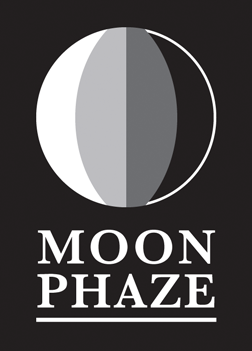I was perusing headlines the other day when I noticed one about Neptune. Normally, a headline about one of our planets grabs my attention and I read the article, but I was pressed for time that day, and decided to skip the article. Now I wish I’d read it.
The headline stated that all it would take to unravel our solar system was a star passing by and perturbing the orbit of Neptune. I have so-o-o many questions now about this possibly impending doom.
How big a star would it need to be? How big is the average rogue star? How close would the star have to get? How would that star appear to us here on Earth? Would we be able to feel any gravity or heat or radiation from that star? How much would it need to disrupt Neptune’s orbit? What exactly would happen to the rest of the planets, once Neptune started to wander? How long would Earth have before it ultimately became uninhabitable?
So many questions, and no answers, because I didn’t read the article. So I just now looked the article up, and read it.
Apparently, all it would take would be for the average distance between Neptune and the sun to be altered by 0.1%. Such a tiny change would increase the chance of the solar system descending into chaos 10 times higher. This 0.1% perturbation would be about 4.5 million kilometers (2.8 million miles). It would result in subtle changes to the orbits of the inner planets, reaching the Earth and Mars in about 20 million years. (Whew! I was afraid I might need to worry about it happening within my lifetime, or what’s left of it.)
The team conducting the study ran 2,880 simulations with varying amounts of perturbations. 960 simulations had perturbations too small to be measured. In 4 of those, the resulting perturbation to Mercury’s orbit resulted in it hitting Venus. In the remaining models, there were 26 that end in chaos; collisions between Mercury and Venus, Earth and Mars colliding, and some where Uranus, Neptune or Mercury were thrown out of the system.
They also estimated the chance of a star getting close enough to cause any of that, and concluded there were only about 20 chances over the next 100 billion years. So it doesn’t seem very likely, given that our sun is only expected to last another 5 billion years.


